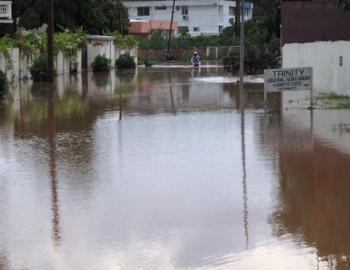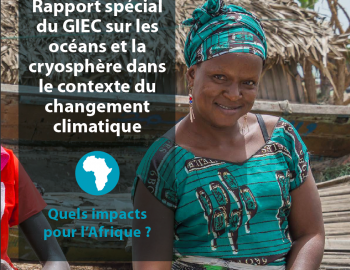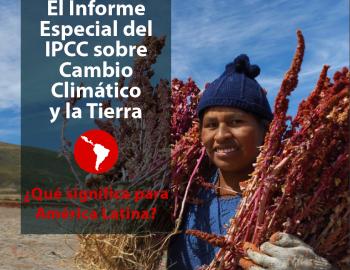Kenya's drought analysis
Kenya's drought analysis
As of February 2017, the 2016/2017 drought has affected 23 of 47 counties. The cost of maize has risen by a third in the past year, while production of the staple crop has plunged. More than two million people are in need of food aid. Estimates of severely malnourished pregnant mothers and children have topped 350,000. Approximately 175,000 children are unable to attend pre-primary and primary schools due to the drought, according to a UNICEF estimate. On February 10th, 2017, Kenya’s President Uhuru Kenyatta declared a national emergency. And on March 9th, the president called for the temporary closing of schools in drought-stricken areas.
Scientists with World Weather Attribution used multiple methods of attribution science to look at the possible roles climate change and the ENSO signal played in the drought.
Trends indicate that the temperatures involved in this drought are hotter than they would have been without the influence of climate change. There is no detectable trend in rainfall, but the team cannot exclude small changes in the risk of poor rains linked to climate change.
At the Raising Risk Awareness East Africa workshop, participants had the opportunity to hear more about the science around extreme weather events and to discuss how they could put this science into practice.
Here, we share a presentation from the Kenya Meteorological Department, which provides an analysis of Kenya's 2016/2017 drought.



